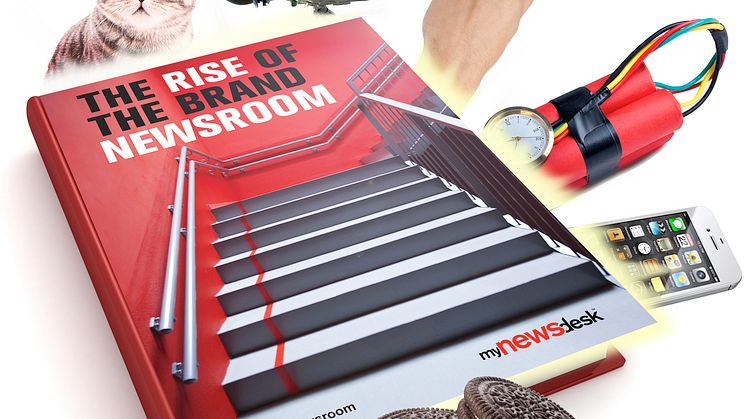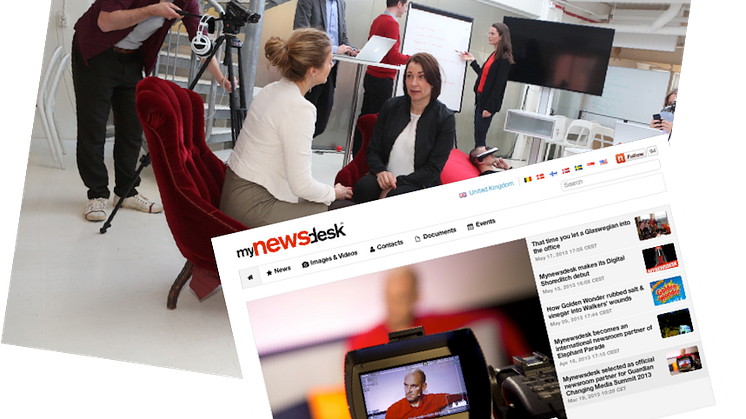
Blog post -
Thinking beyond the press release: a mission statement for brands
“If there is one thing I want to do,” declared Ashely Brown in late 2013, “it’s kill off the press release.” The sound bite proved memorable coming as it did from the man charged with digital communications at The Coca-Cola Company.
But in retrospect, it’s not the rhetoric that matters. Rather it’s the rest that’s worth noting.
Align yourself to the issues that really matter to your audience
Brown went on to say: “For the first time ever our PR teams are challenged to think beyond the press release … They have to think, ‘What is a two minute, really high-quality video that someone would actually want to share? How do I package up that announcement as a story that someone who doesn’t work at Coke and who doesn’t care would want to read it and share it with their friends?’
“We developed a 10-point framework that’s a guide for when you are thinking about story-telling. Does it spark an emotion? Is it something new or noteworthy? Very basic things that a journalist would go through.”
"The reports of my death have been greatly exaggerated."
People have been forecasting the death of the press release for many years. And each time someone does, it requires a touch of Mark Twain in response. This is not to say the form isn’t abused – as we’ve pointed out before, “carpet-bombing people with generic releases has never been a good way to start a relationship".
But the truth is the press release still has its place – as an effective source of instant opinion and reaction to a breaking news story, for example, or as a means for pulling together the top lines of financial results.
But it remains just one tool among many in a brand’s toolbox. That’s why “thinking beyond the press release” is a much more useful mission statement.
Thinking beyond the press release demands that a company thinks beyond itself.
“Brands typically want to talk about themselves. The challenge is to align yourselves with the issues that really matter to your audience,” says Stephen Waddington, European digital and social media director of Ketchum. The problem, as all good communications professionals know, is that the more a brand talks about itself the more likely it is to turn a potential audience off.
Instead, making effective use of a brand newsroom means writing around your subject and, critically, writing with your audience in mind. We see exemplars all around from Moneysupermarket.com, which trades on an appetite for personal finance expertise; to American Express’s OpenForum; and, yes, to Coca Cola’s Journey.
A newsroom without a press release may be unnecessary but a newsroom with room for the press release alone is history.
Read more tips on how to develop a winning content marketing strategy in “The Rise of the Brand Newsroom”, the latest whitepaper from Mynewsdesk. Download it here.



